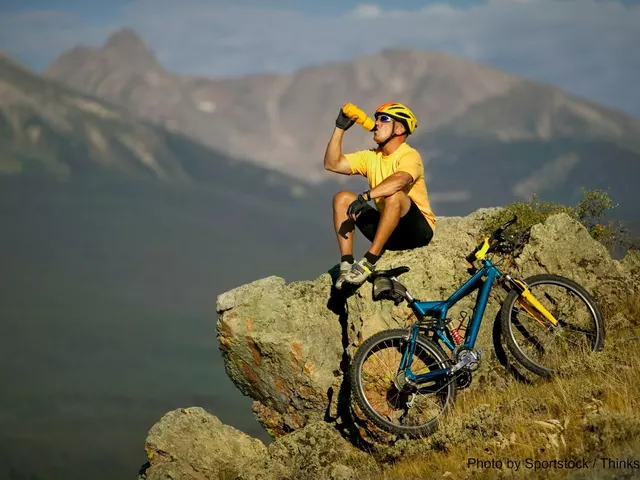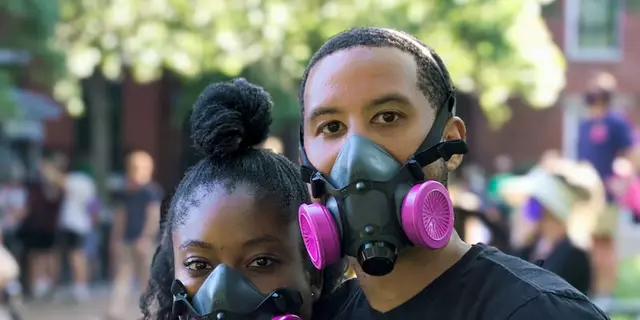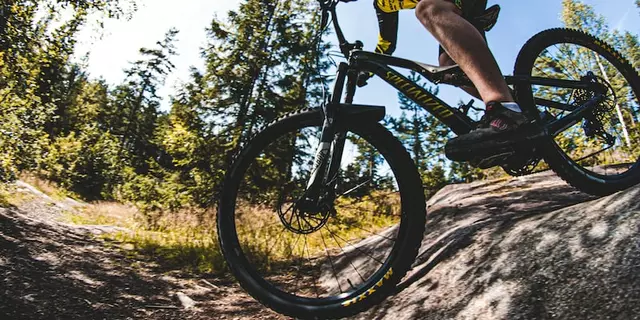Bicycle Tips, Gear and Benefits for Everyday Riders
Got a bike and want to make the most of it? You’re in the right spot. Whether you’re cruising around Skipton town, tackling a local trail, or just using your bike for daily errands, a few simple tweaks can boost comfort, safety and enjoyment.
First up, check your bike’s fit. A seat that’s too high forces you to over‑extend your legs, while a low one makes pedalling feel choppy. Stand over the frame; there should be about 1‑2 inches of clearance on a road bike and 2‑3 inches on a mountain bike. Adjust the saddle so your knee is slightly bent at the bottom of the pedal stroke. Small changes here make long rides feel effortless.
Why Bicycling Is Good for You
Beyond the fun factor, riding a bicycle packs a serious health punch. You burn calories, strengthen leg muscles and give your heart a solid workout without the joint strain you get from running. A 30‑minute ride can improve mood, lower stress and even sharpen mental focus. Plus, swapping a car trip for a bike ride cuts carbon emissions, helping the planet while you stay fit.
People often ask if biking can cause a ‘big belly.’ The answer is no – unless you pair long rides with poor eating habits. Regular cyclists tend to have lean, toned bodies because the activity keeps metabolism humming. If you add a balanced diet, you’ll see the benefit in both waistline and stamina.
Choosing the Right Bike Gear
Gear makes a huge difference. For road bikes, clipless pedals (like Shimano SPD or Look) lock your shoes to the crank, giving smoother power transfer. If you’re new or prefer a more relaxed ride, flat pedals with good tread work fine. Mountain bikes benefit from wider tires and sturdy frames that absorb shock on rough paths.
Footwear matters too. Running shoes might get you from A to B, but they lack the stiffness needed for efficient pedalling. Investing in cycling shoes, especially if you use clipless pedals, helps you push harder and reduces foot fatigue. Keep your shoes dry and check cleats for wear before each ride.
Don’t forget safety accessories. A bright helmet is non‑negotiable – it protects your head and makes you visible. Gloves add grip and keep your hands warm in winter; look for waterproof, insulated pairs if you ride in cold rain. A set of clear lights on the front and rear helps you stay seen during dawn or dusk.
Lastly, maintain your bike regularly. Clean the chain, lubricate it, and tighten bolts before long rides. A well‑maintained bike rides smoother, uses less energy and lasts longer, saving you money in the long run.
Ready to hit the road or trail? Grab your bike, check the fit, clip into the right pedals, and enjoy the ride. Skipton’s hills and countryside are waiting, and with these tips you’ll ride safer, stronger and happier. Happy cycling!

How long would it take to bicycle around the world?
This article discusses the feasibility of a journey around the world by bicycle. It explains the factors to consider when planning such a trip, such as the length of the journey, the type of bike, the physical and mental challenges, and the cost of the trip. It also lists some of the benefits of such a journey, such as discovering new cultures and making new friends. The article concludes that such a journey is possible and achievable, but it would take a great deal of planning and preparation. Therefore, the exact time it would take to complete the journey is impossible to predict.
View More



